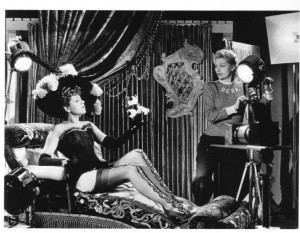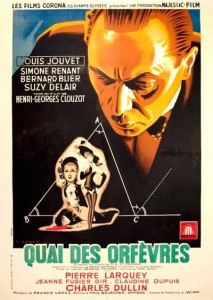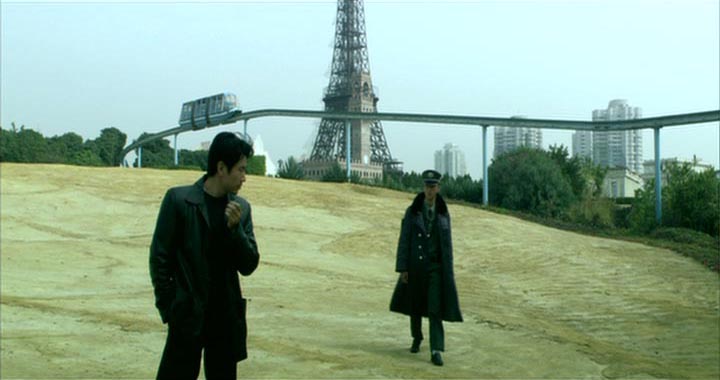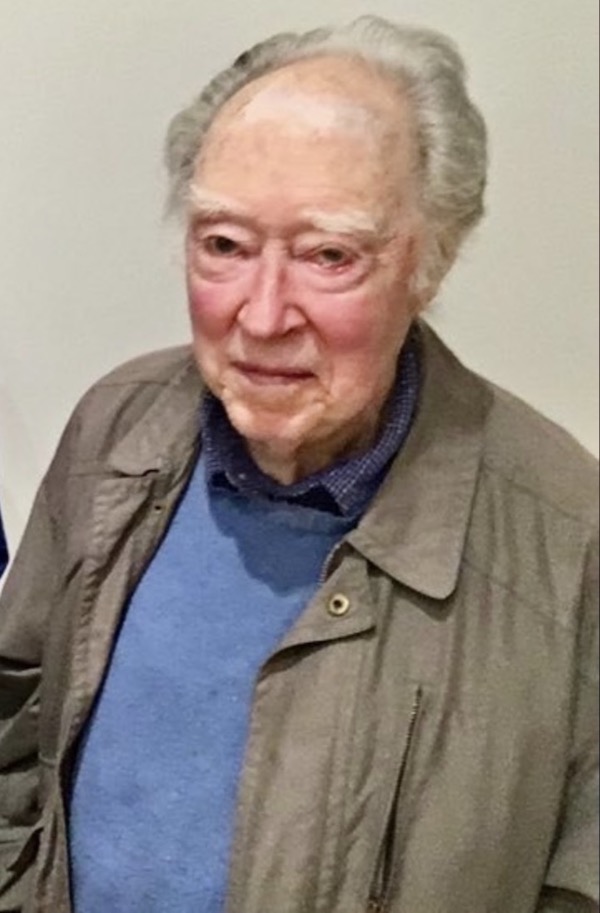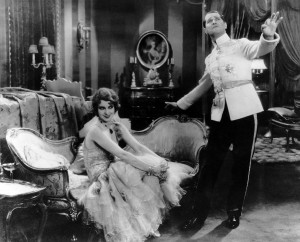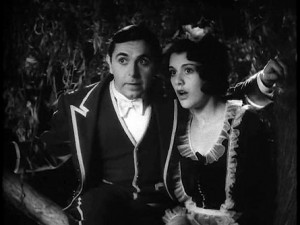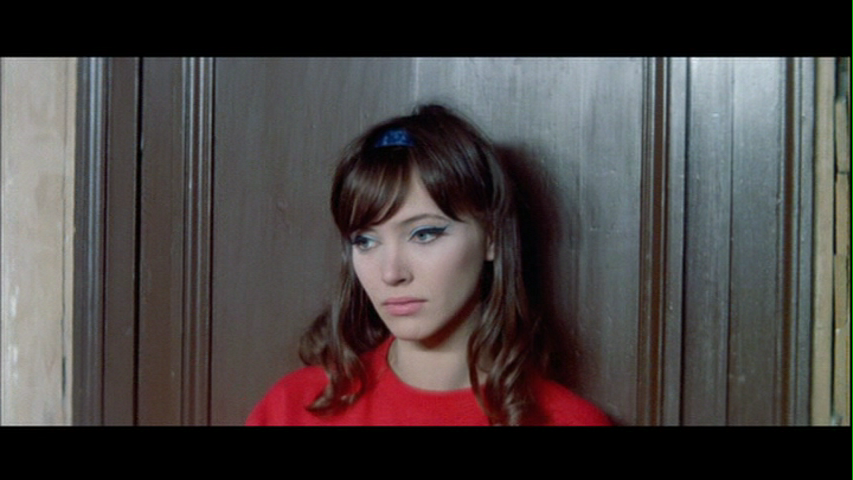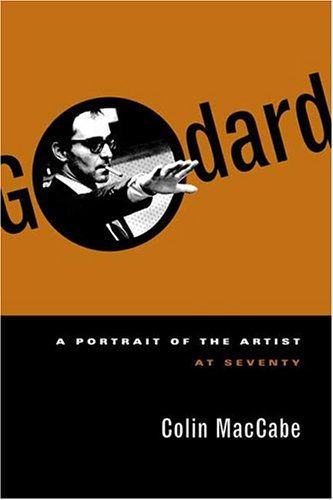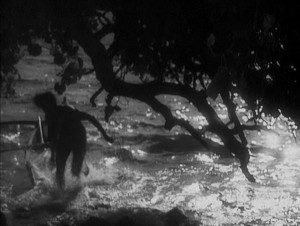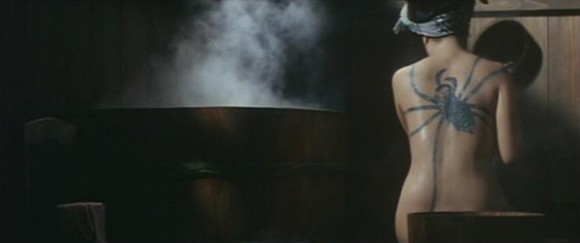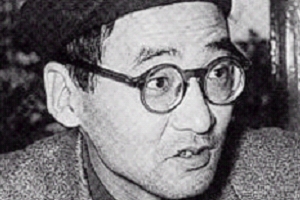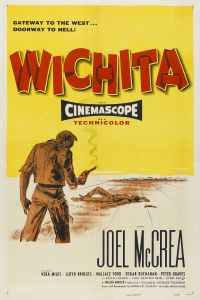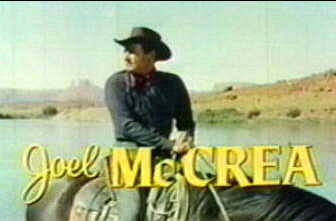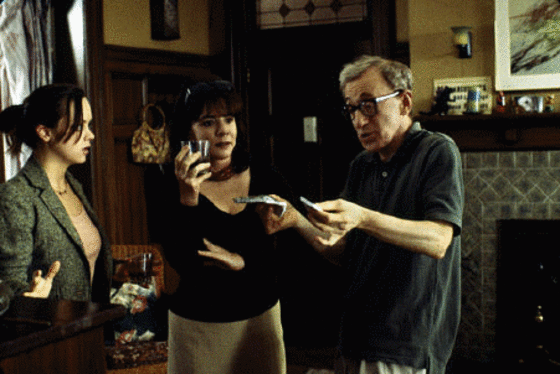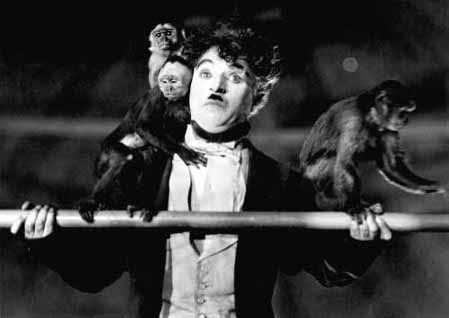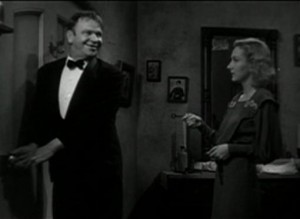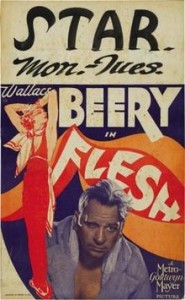From the February 21, 2003 Chicago Reader. — J.R.
The skillful writer-director Henri-Georges Clouzot is mainly known for his corrosive misanthropy. Yet surprisingly, this accomplished 1947 noir turns that misanthropy precisely on its head without ever resorting to sentimentality or stereotypes. The milieus of a seedy music hall and police station in Paris are delineated with such richness and attentiveness toward the postoccupation climate that when the murder of a licentious film producer brings a police inspector (the great Louis Jouvet) into the music hall, Clouzot is able to reveal a complex and interactive working-class world in which cops and criminals are sometimes difficult to tell apart. The principal epiphanies in this tale emerge from Jouvet’s expressions of kinship with a flirtatious singer (Suzy Delair) and a lesbian photographer (Simone Renant), but there are also memorable portraits of the singer’s mousy pianist husband (Bernard Blier), a music publisher (Henri Arius), and several others. In French with subtitles. 106 min. (JR)
Read more
